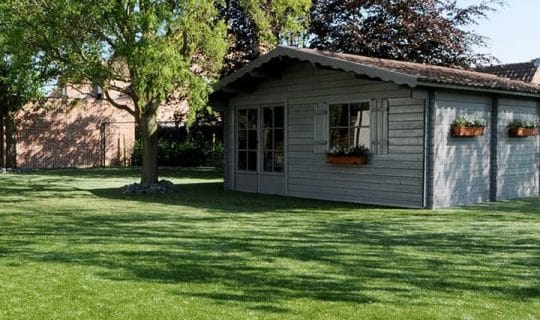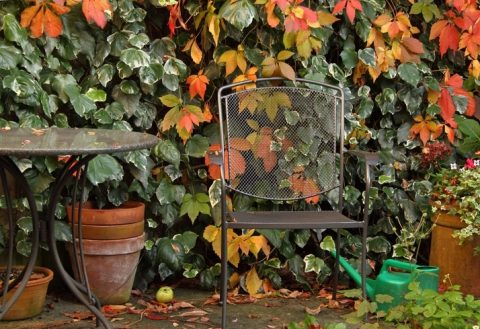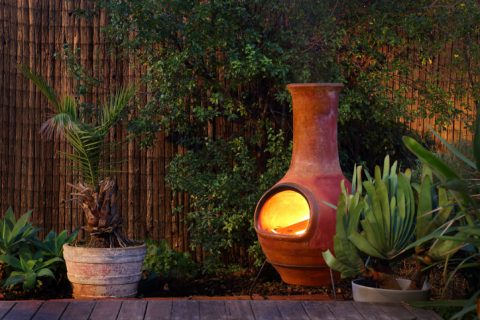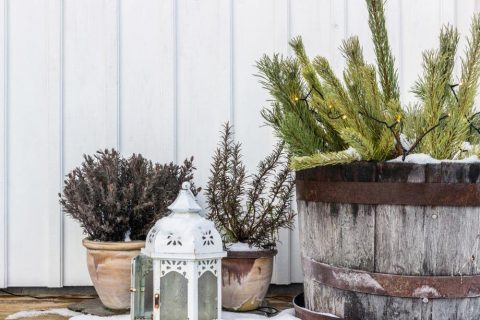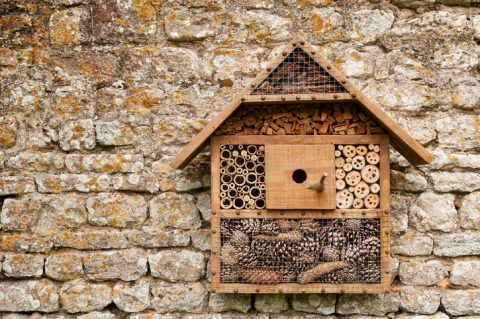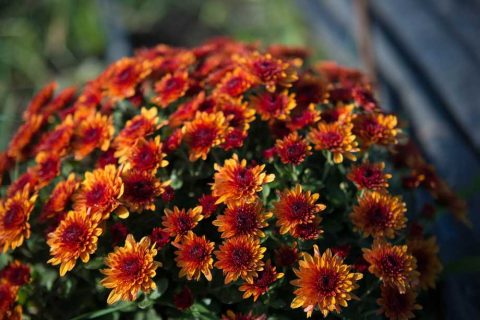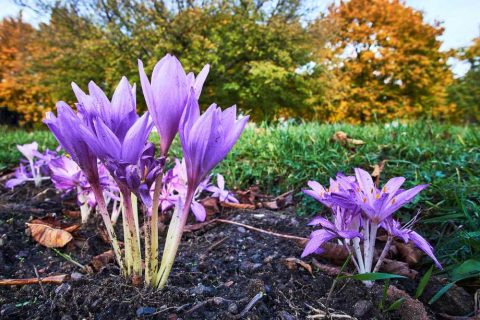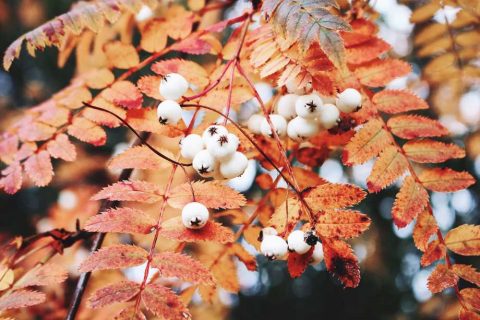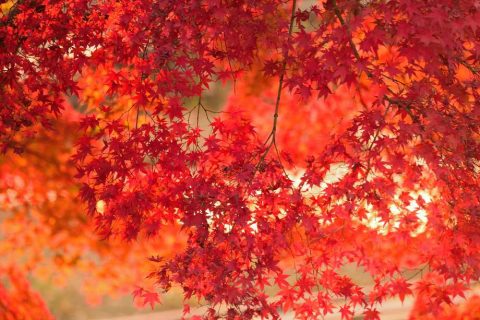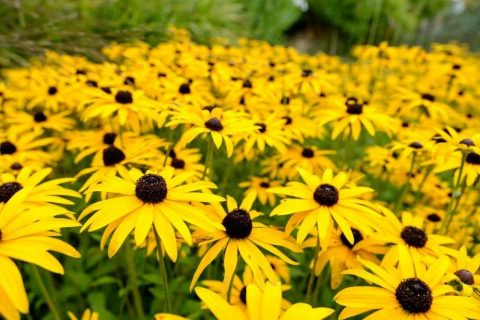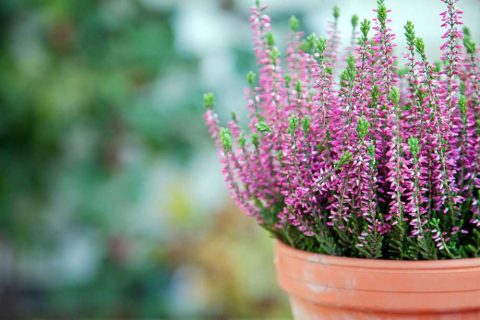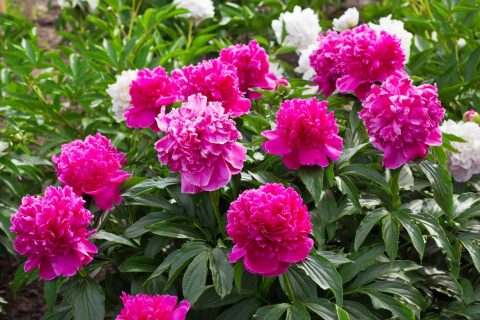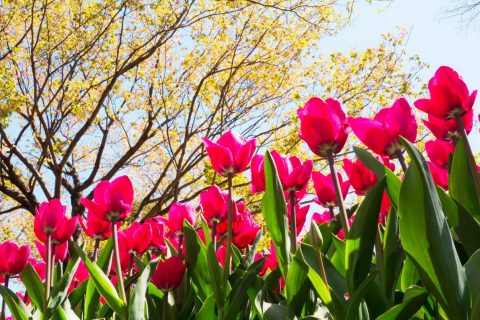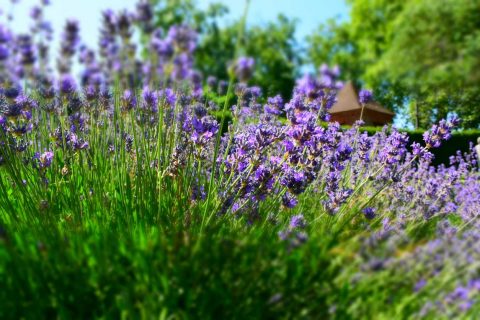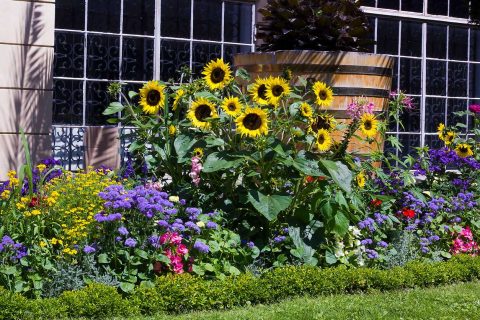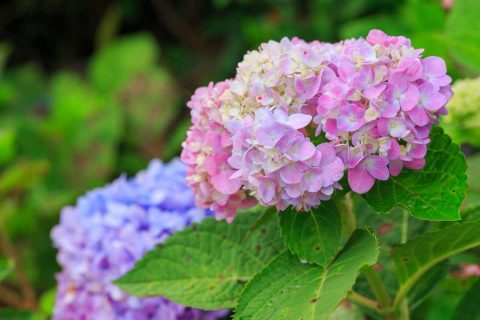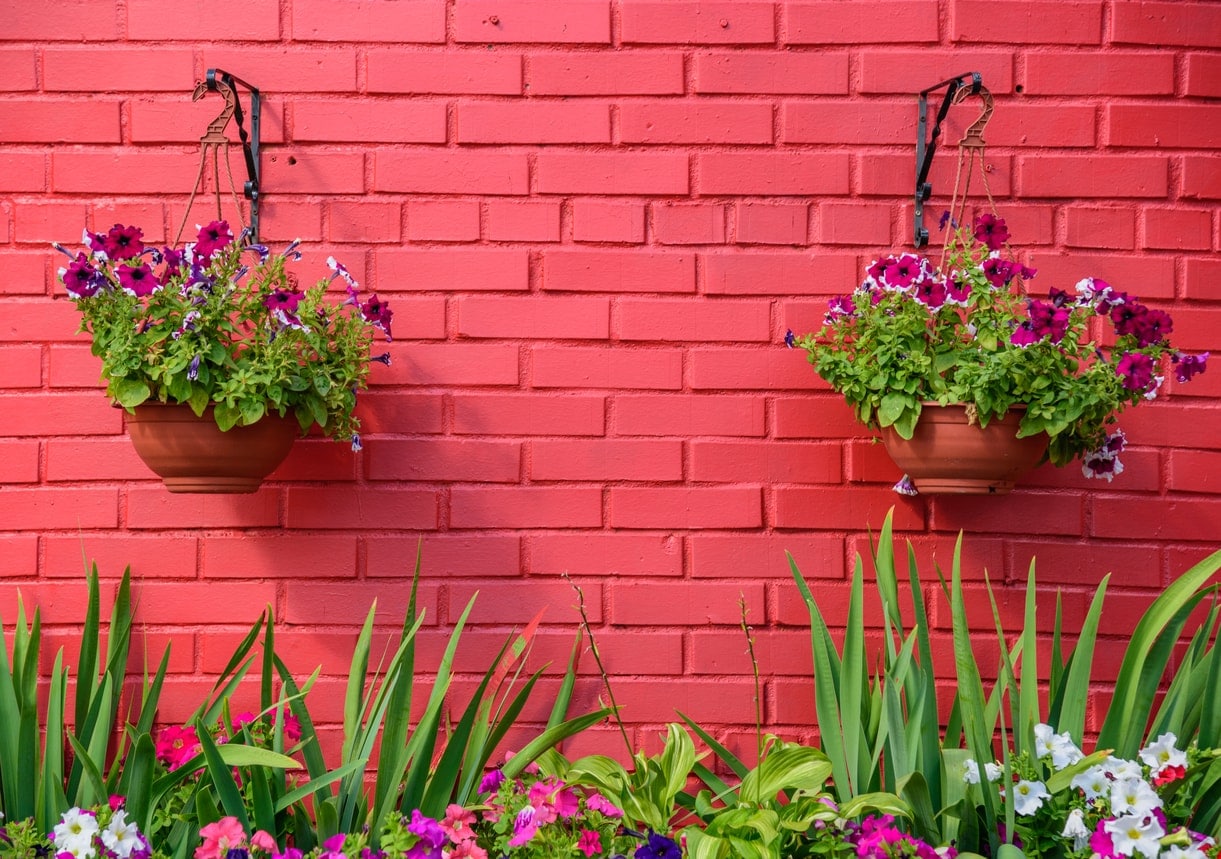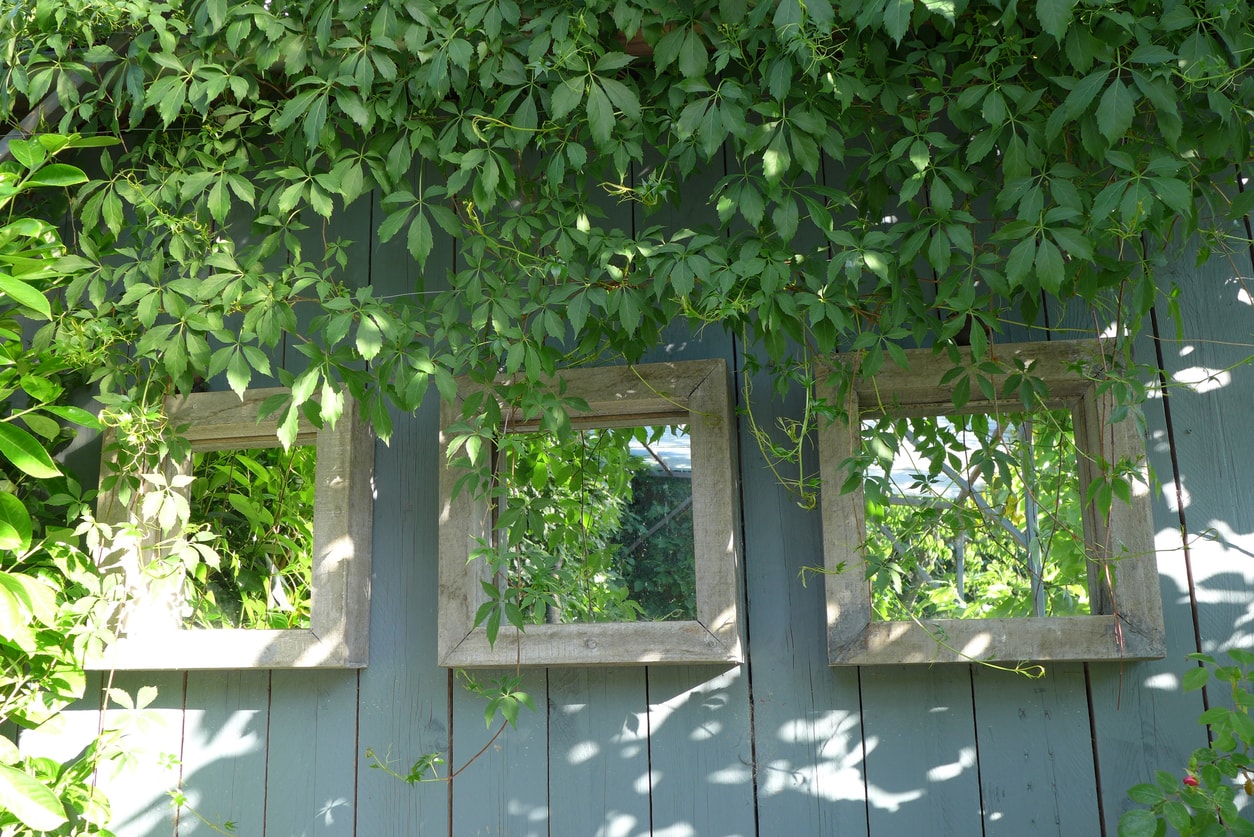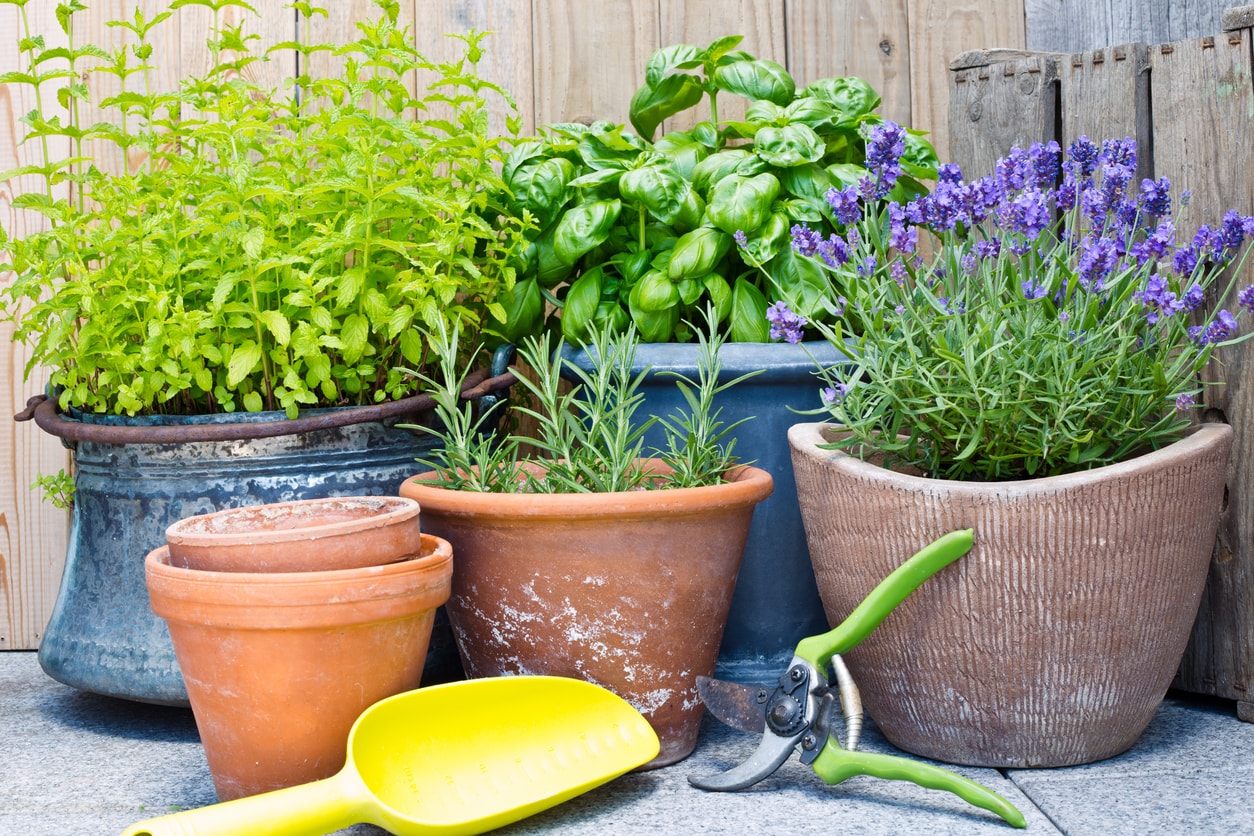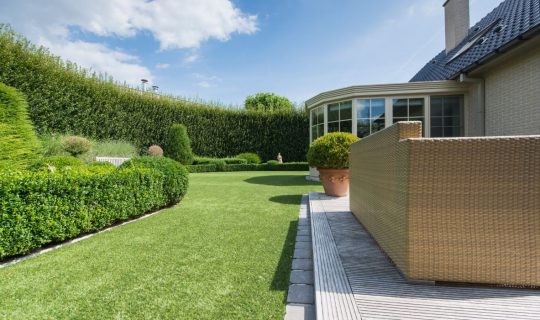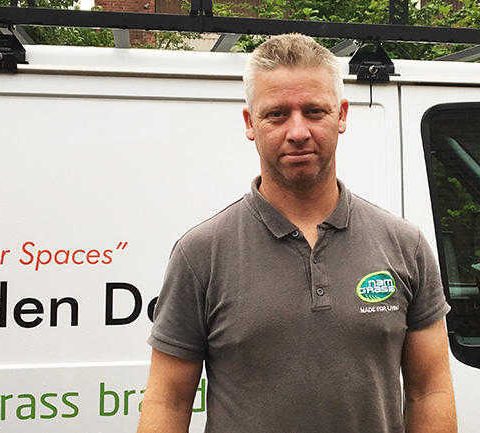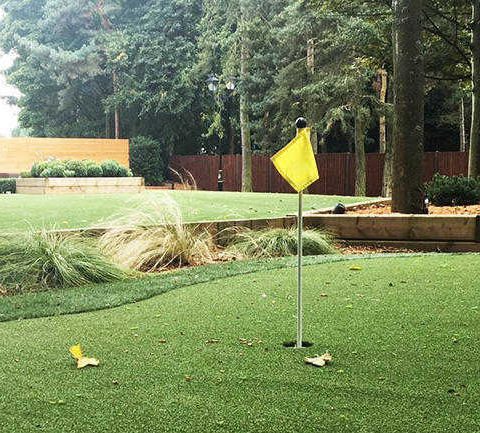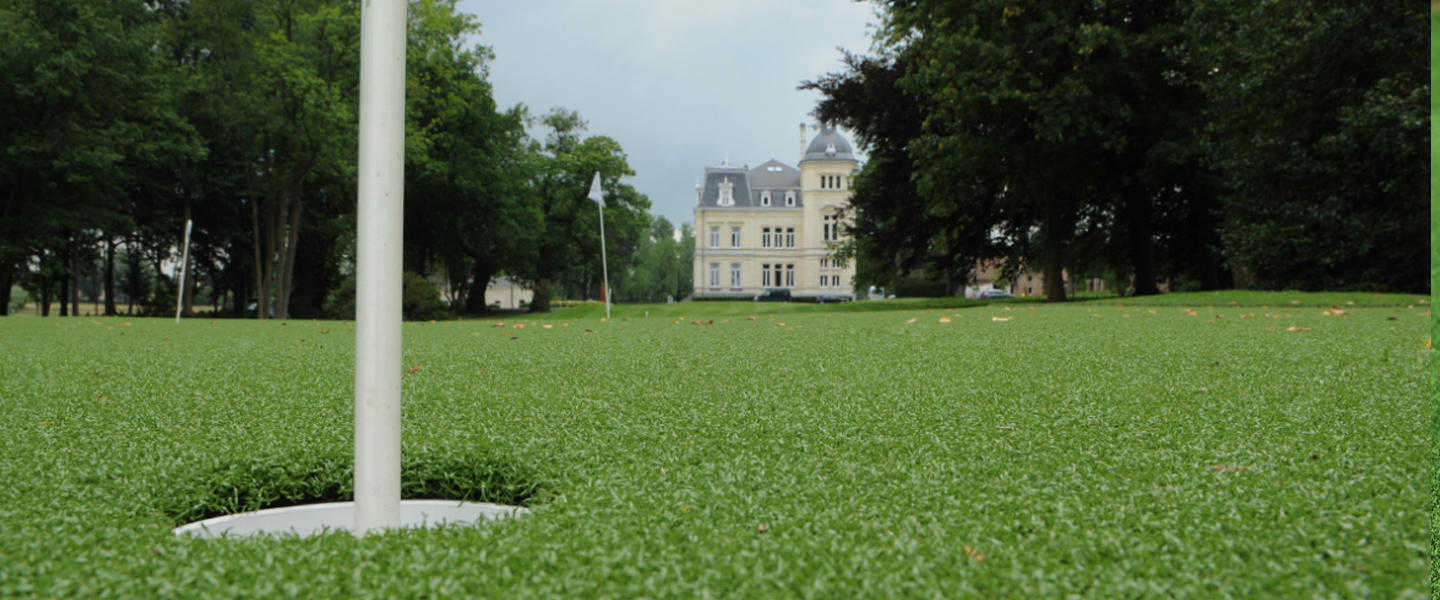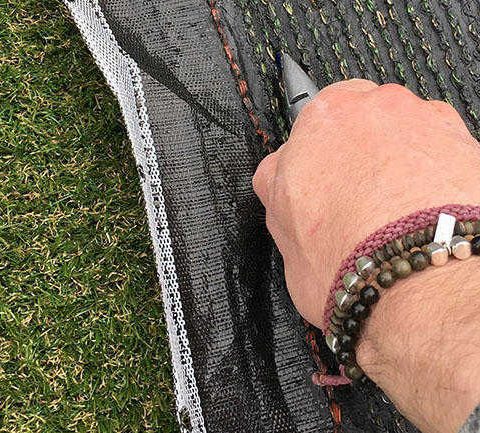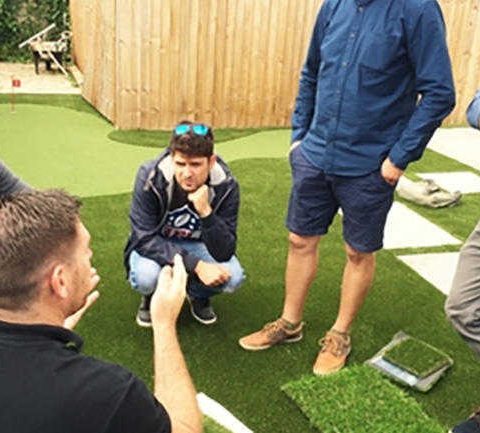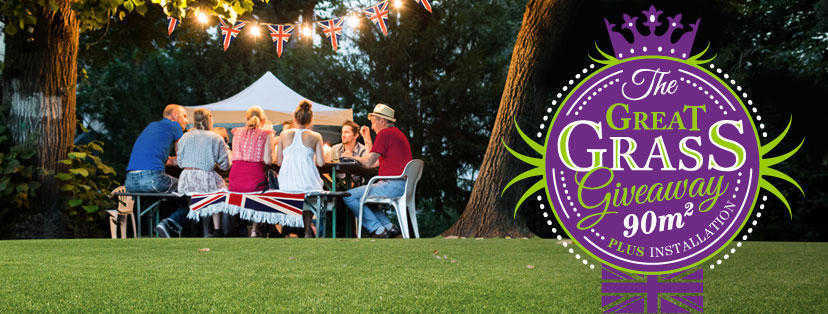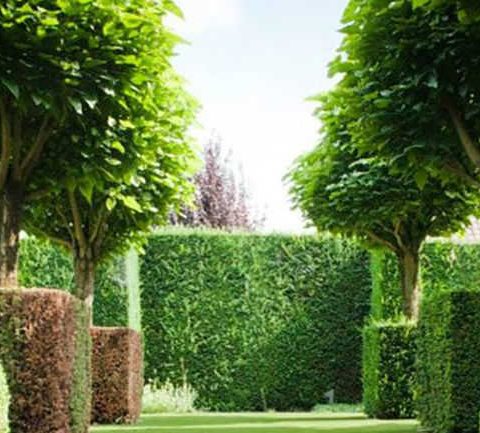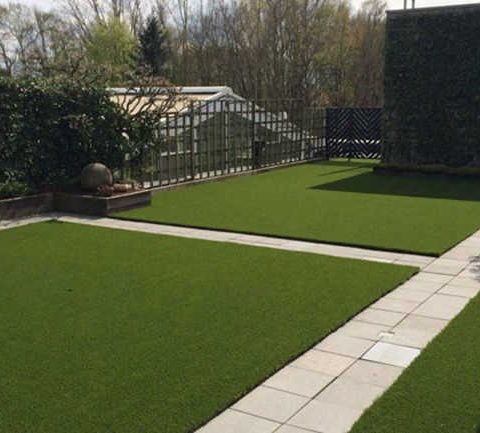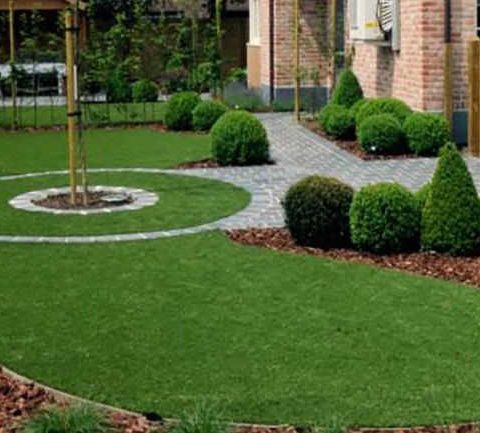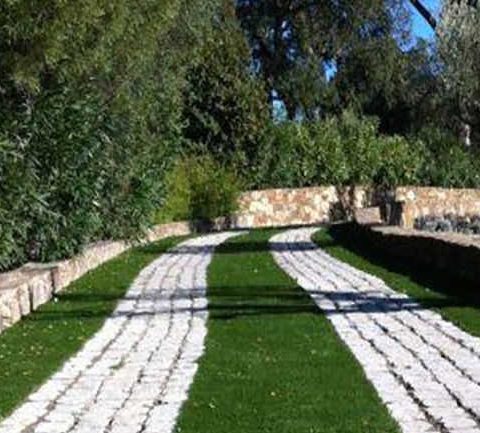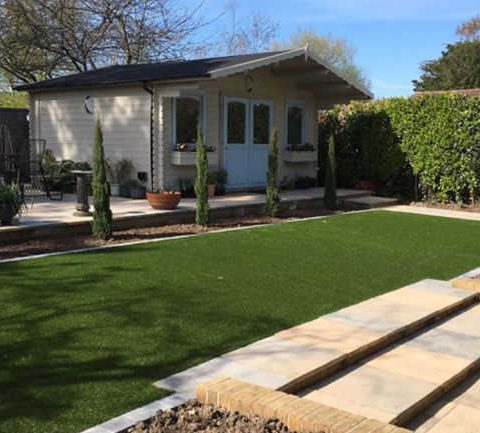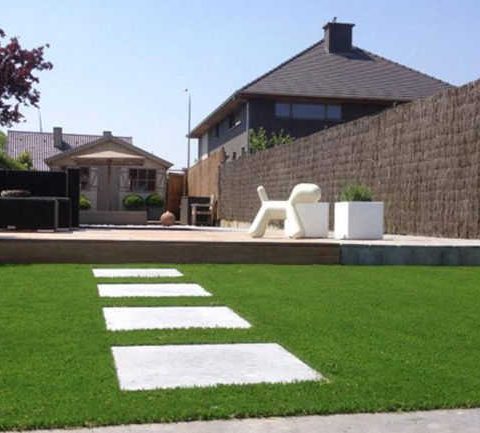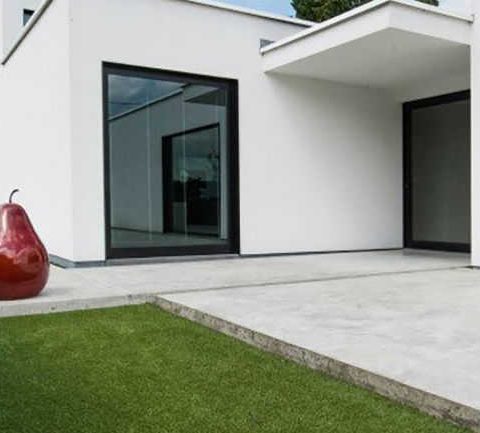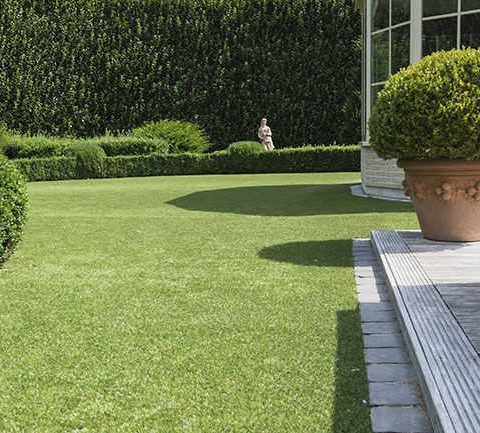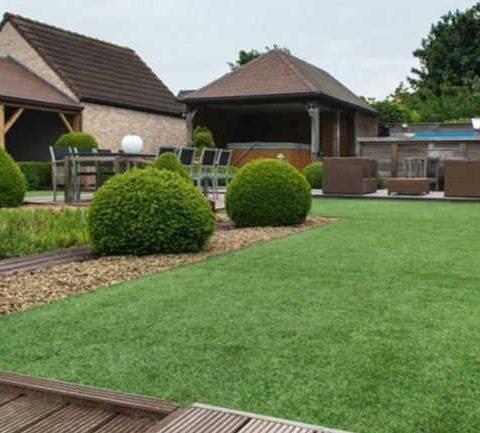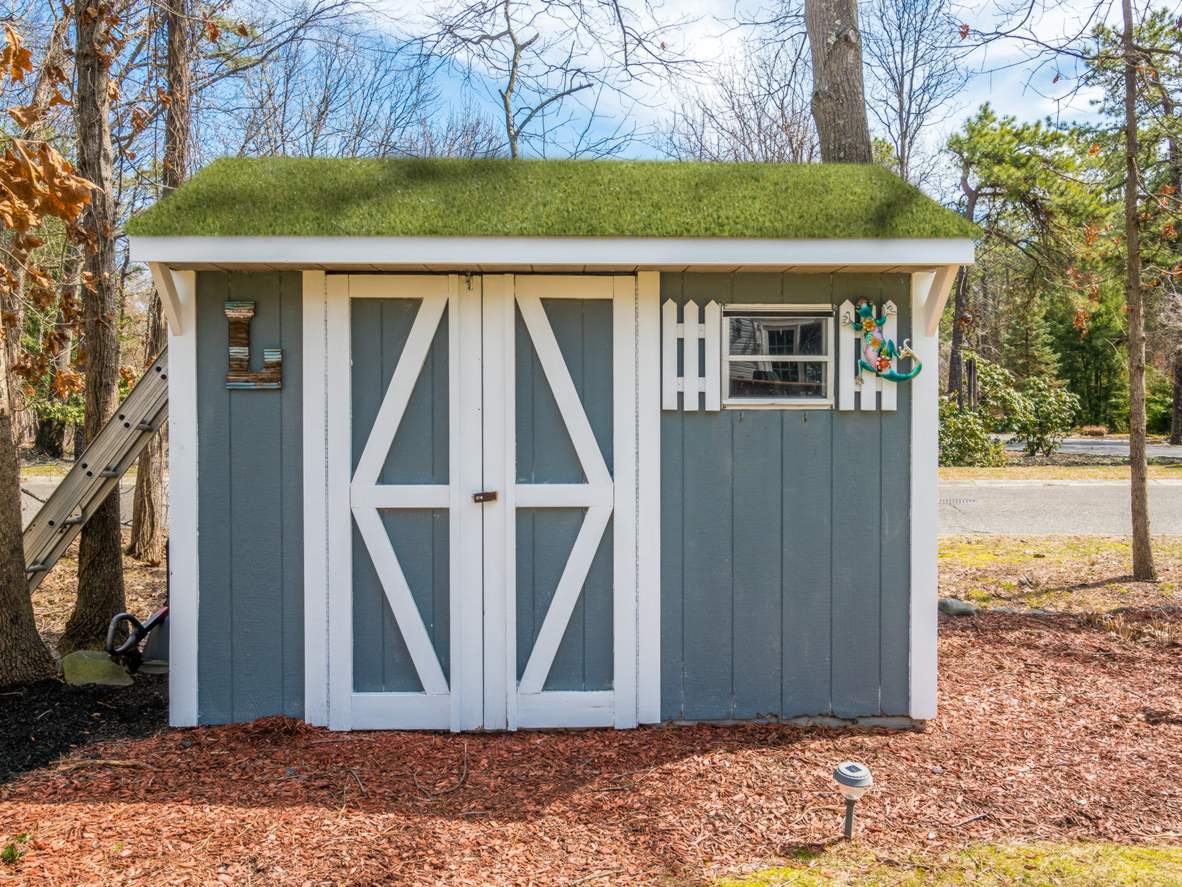
How to Install an Artificial Grass Roof
Adding artificial grass to a flat roof is a great way to make sheds, garages, and outbuildings look brighter and more at home in the garden. Whether you’re covering up a felt roof, commonly used on sheds, or want to update a roof terrace or balcony, you’ll get the best results if you follow our installer’s guide to creating an artificial grass roof.
What You Need
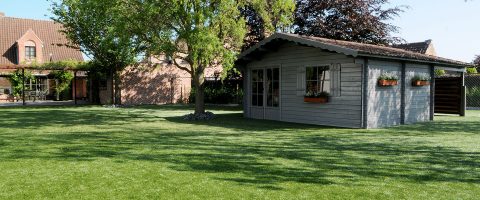
To install an artificial grass roof, you need:
- A measuring tape
- A sharp utility knife
- Joining tape (if multiple pieces of grass are to be joined)
- Artificial grass adhesive & a cartridge gun
- Underlay or shockpad if working with an uneven surface.
Once you have your equipment together, you need to choose, measure up, and order your artificial grass ahead of installation day. Many builders’ merchants and garden centres can sell you artificial grass, and you can use our stockist finder to find your nearest Namgrass retailer.
To calculate the amount of artificial turf you’ll need to order for your green roof, measure the length and width of the roof and multiply the two numbers to get the total surface area. Divide this number by the width of the artificial grass you have selected to find the minimum length you need to order to cover this area.
Make sure you allow at least 10cm excess in each direction to ensure a good fit and easy installation, or you may struggle to get a professional finish. For example: if your chosen artificial turf is cut from 2m wide rolls, covering a 10m2 roof would require approximately 5.2m of grass to allow for 10cm of excess in each direction.
Laying an Artificial Turf Roof
Once you have your tools and artificial grass ready, you can start installing your artificial grass roof:
1 – Ensure the roof you plan to cover is structurally sound, and in good condition. Check to make sure it’s not cracked or affected by rot, otherwise you may damage your roof further during installation.
2 – If your roof is uneven, slatted, or tiled, installing a layer of board, shockpad, or underlay can level out the surface to create an even finish.
3 – Work out where you need to cut your artificial grass to cover the full roof, ideally on a piece of paper before you start cutting. Only once you’re confident you’ve got this right should you start cutting the turf to size before placing it in situ. When cutting artificial grass, be sure to cut along the lines of drainage holes in the backing material, or your grass may begin to unravel.
4 – Once you’re satisfied with the fit, fold your grass back along the edges where any pieces meet each other, so that there is a gap between the two pieces of grass and the black backing material is facing up along both pieces of turf.
5 – Roll a strip of joining tape out along the full length of the join between the two pieces of grass, with the shiny side down and sticky side up. Apply a thin layer of artificial grass adhesive along the length of the tape, and fold the grass back down, fixing the black backing firmly to the glue and tape.
6 – When you’re happy with the fit and position of your artificial grass, and all the joins between each piece are secure, roll your turf up to one end and lay an even bead of artificial grass adhesive around the perimeter of the roof.
7 – Unroll your artificial turf carefully, making sure the edges lines up properly with your original fit. Lift the edge you rolled the grass away from up and apply a bead of adhesive along this edge and press your turf back into position.
8 – Once the adhesive has dried and your turf is firmly secured, give it a quick brush over with a bristle brush to raise the pile and lift any flattened grass.
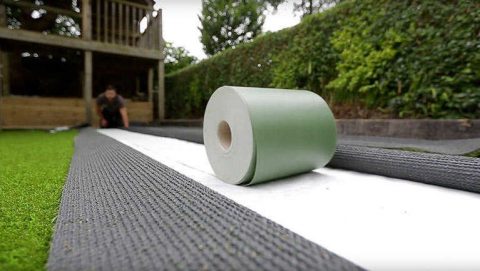
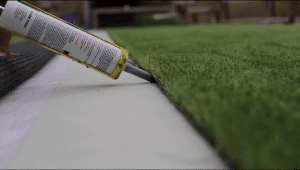
After a few hours, your artificial grass roof will be firmly secured in place and looking fresh, green, and natural. Now you can relax and enjoy your handiwork, without the added fuss of maintaining a natural green roof.


